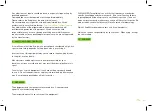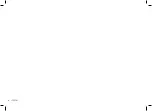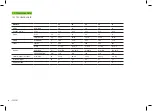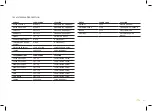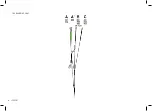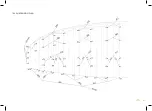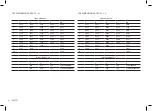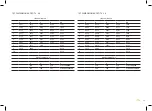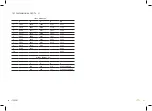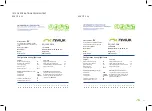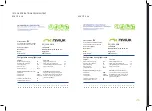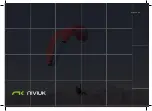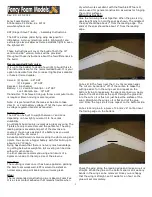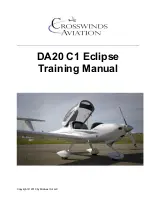
15
the equivalent of a 70 km/h vertical descent, and will stabilise in a spiral
dive from 15m/s onwards.
Good enough reasons to familiarise yourself with the manoeuvre and
understand how to exit it.
To exit this manoeuvre, the inner brake handle (down side of the turn)
must progressively be relaxed while momentarily applying tension to the
outer brake handle opposite to the turn. The pilot must also weight shift
and lean towards the opposite side of the turn at the same time.
The exit should be performed gradually and smoothly so that the
changes in pressure and speed can be noted.
When exiting the spiral, the glider will briefly experience an asymmetrical
acceleration and dive, depending on how the manoeuvre was carried out.
Practise these manoeuvres at sufficient altitude and carefully.
5.5 SLOW DESCENT TECHNIQUE
This technique allows descent without straining the wing or taxing the
pilot. Glide normally while searching for descending air and begin to turn
as if climbing in a thermal, but with the intention to sink.
Common sense has to be used to avoid dangerous areas of rotor when
looking for descending air. Safety first!
6. SPECIAL METHODS
6.1 TOWING
The KOYOT 4 does not experience any problem whilst being towed. Only
qualified winch personnel should handle the certified equipment to carry
out this operation. The wing must be inflated similarly as during a normal
take off.
It is important to use the brakes to correct the flight path alignment,
especially if the glider begins to turn. Since the wing is subject to a slow
airspeed and with a high positive angle of attack, we must make any
corrections with a high degree of feel and delicacy, in order to avoid a stall.
6.2 ACROBATIC FLIGHT
Although the KOYOT 4 was tested by expert acrobatic pilots in extreme
situations, it was not designed for it. We do not recommend using this
glider for acrobatic flying!!!
We consider acrobatic flights to be any form of piloting different than
standard flights. Learning acrobatic manoeuvres should be conducted
under the supervision of qualified instructors within a school environment
and over water with all safety/rescue elements in place. Centrifugal
forces as high as 4 to 5 g can be exerted on the body and wing during
extreme manoeuvres.
7. FOLDING INSTRUCTIONS
7.1 MAINTENANCE
Niviuk we are firmly committed to make technology accessible to all
pilots. Therefore our wings are equipped with the latest technological
advances gained from the experience of our R&D team.
Summary of Contents for KOYOT 4
Page 1: ...KOYOT 4 User s manual...
Page 18: ...18...
Page 19: ...19...
Page 22: ...10 3 RISERS PLAN 22...
Page 23: ...10 4 SUSPENSION PLAN 23...
Page 29: ...niviuk com...

















